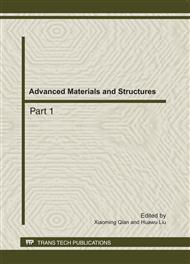p.293
p.297
p.302
p.308
p.312
p.320
p.324
p.328
p.333
Effect of 11S/7S Ratios on Mechanical and Barrier Properties of Edible Films Based on Soybean Protein Isolate
Abstract:
The effect of 11S/7S ratios on mechanical and barrier properties of soybean-protein-isolate films was evaluated. The tensile strength increased with an increase of 11S globulin ratio when it was higher than 50 % in soybean-protein-isolate films, and decreased with an increase of 11S globulin ratio when it was lower than 50%. Moreover, the total soluble matter of soybean-protein-isolate films decreased with an increase of 11S globulin ratio, while the elongation at break, moisture content, and optical transparency of soybean-protein-isolate films increased with an increase of 11S globulin ratio. Furthermore, 11S/7S ratios had no influence on the water vapor permeability of soybean-protein-isolate films. These phenomenon mainly resulted from that the matrix of soybean-protein-isolate films was mainly maintained by disulfide bonds when 11S globulin ratio was higher than 50%, while that was maintained by intermolecular hydrogen bonds when 11S globulin ratio was lower than 50%.
Info:
Periodical:
Pages:
312-319
Citation:
Online since:
September 2011
Authors:
Price:
Сopyright:
© 2011 Trans Tech Publications Ltd. All Rights Reserved
Share:
Citation:


